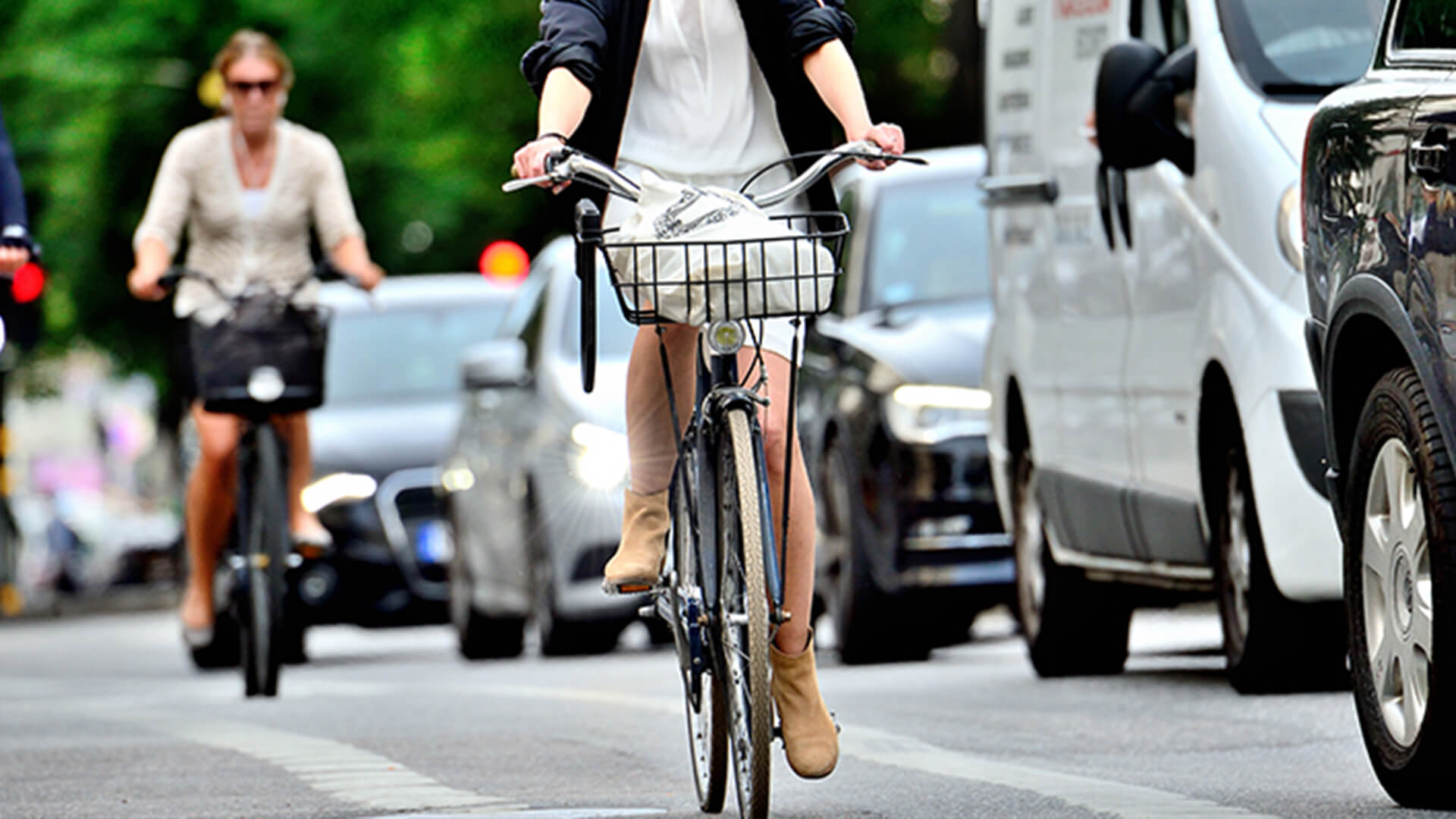Another call for indicators on bicycles as waving your arm is ‘just not good enough on today’s busy roads’.
That’s the opinion of health and safety experts at Protecting.co.uk a Yorkshire based software-as-a-service (SAAS) company who think that any initiative to make roads safer for cyclists should be applauded. But they concede that this comes up against justified anger from cyclists, who argue that the huge majority of accidents are caused by careless motorists. In most cases motorists ask for the help of experienced defence lawyers who help them decrease their punishments. It’s clear that a legal initiative, besides other initiatives from companies or NGOs, for making roads safer for cyclists could also be a good option.
“We say that anything that makes a cyclist more visible and ends the curse of the SMIDSY (“Sorry mate, I didn’t see you”) accident has to be a good thing,” says Protecting spokesperson Mark Hall.
Putting cyclists first
RoSPA figures say that 102 cyclists were killed and 18,375 more were injured on British roads in 2016.
The figures tell us that “Almost two thirds of cyclists killed or seriously injured were involved in collisions at, or near, a road junction, with T-junctions being the most commonly involved. Roundabouts are particularly dangerous junctions for cyclists”.
The government’s own statistics show that cyclists are at exceptional risk at road junctions, and are far more likely to suffer injury in an accident.
Protecting argues that flashing indicators would make it far easier for cyclists to signal their intentions while remaining fully in control of their machine.
“Everyone likes to joke about the BMW driver not using his indicator, but they/’re protected by their massive metal box,” says Hall, “Cyclists don’t have that protection.”
It’s an idea borne out of our survey of cyclists who also own cars – that’s people who can see the issue from both sides.
– Some 65% support the use of indicators on bicycles
– And 90% wanted all roads to have cycle paths
– 84% said they fully support a bike MOT
– Crucially, 56% said they did not know if their bike was safe or not and have never had it serviced
One of the less enlightened comments was from Johnny from Leeds: “This is a ludicrous idea – it will weigh down my carbon fibre frame and this will add seconds to my time. If car drivers can’t see me waving my arm before I turn, then perhaps they need to get their eyes tested.”
Others, on the other hand, were more keen on the idea:
Helen, Derbyshire: “Great idea at night. They might even think I’m a motorbike and give me a lot more space.”
Cyclists bite back
Pointing out that a Kickstarter turns up on the internet for a new turn indicator system for cyclists at least once a month – only to disappear without a trace – Phil told us that perhaps the answer doesn’t lie with cyclists at all.
“Bike riders have never been more visible these days. Their bikes are lit up like Christmas trees, and we’re all dressed in hi-visibility gear that’s brighter than the sun.
“Perhaps,” he says, “It’s terrible drivers who are to blame.”
He concedes that some cyclists are “complete idiots who shouldn’t be on the road”, there are even greater numbers who shouldn’t be allowed in cars.
“The stats bear out the fact that motorists just don’t pay enough attention to cyclists, bikers and pedestrians, day after day. We don’t need another gimmick just to make it look like something is being done.”
But Protecting’s Mark Hall says: “Most cyclists want to be seen on the roads, and they know that they need to defend themselves from poor drivers.
“For the sake of beating those SMIDSY types, indicators have got to be a good thing.”

















